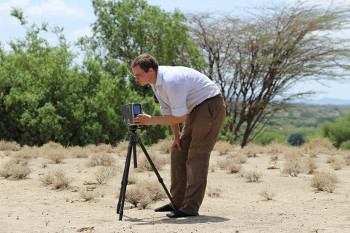Bioarchaeology
Bioarchaeology is a multidisciplinary field of research in which ancient archaeological remains are studied from a biological perspective, with the aim of investigating the evolutionary origins, adaptations and life experiences of individuals and past communities.

Bioarchaeology at The University of Manchester focuses on the identification and analysis of human and animal remains from archaeological sites. Ancient skeletal remains have the potential to provide a wealth of valuable information about the origins and affinities, growth and development, diet, health and lifestyles of individuals in the historical and prehistoric past. Investigations of mummified remains allow additional unique insights into the lives of past peoples. Our research in bioarchaeology currently concentrates on the following research areas.
High-resolution imaging of bone and mummified tissues: we use high-resolution surface scanning, digital radiography and medical and micro-CT scanning to capture the external form and internal structural attributes of ancient skeletal remains and mummified remains. With funding from Kay Hinckley Charitable Trust and The Leverhulme Trust our researchers are currently using CT imaging to investigate mummification methods and the resulting state of preservation in animal and human mummies from ancient Egypt.
Molecular analysis of ancient tissues: ancient bones and mummified tissues are a storehouse of molecular fragments that can reveal the diet, diseases, genetic affinities and taphonomic histories of former living organisms. The University of Manchester is one of the only institutions worldwide that carries out collagen fingerprinting analyses (ZooMS) for the species identification of fragmentary archaeological bone remains. We also use stable isotope analysis and proteomics to investigate the composition of the proteins in ancient tissues, and how these tissues are altered during diagenesis.
The University of Manchester provides an impressive range of facilities that support a wide range of bioarchaeological research, including dedicated ancient DNA laboratories housed in the Manchester Institute of Biotechnology. The KNH Centre for Biomedical Egyptology houses extensive reference collections of human skeletal and mummified soft tissue remains, as well as a reference collection of modern macro- and micro-faunal skeletons.



